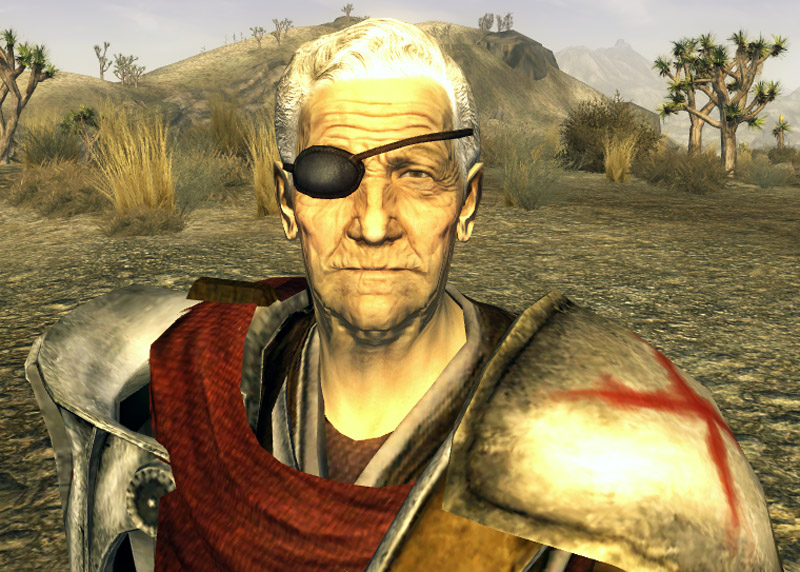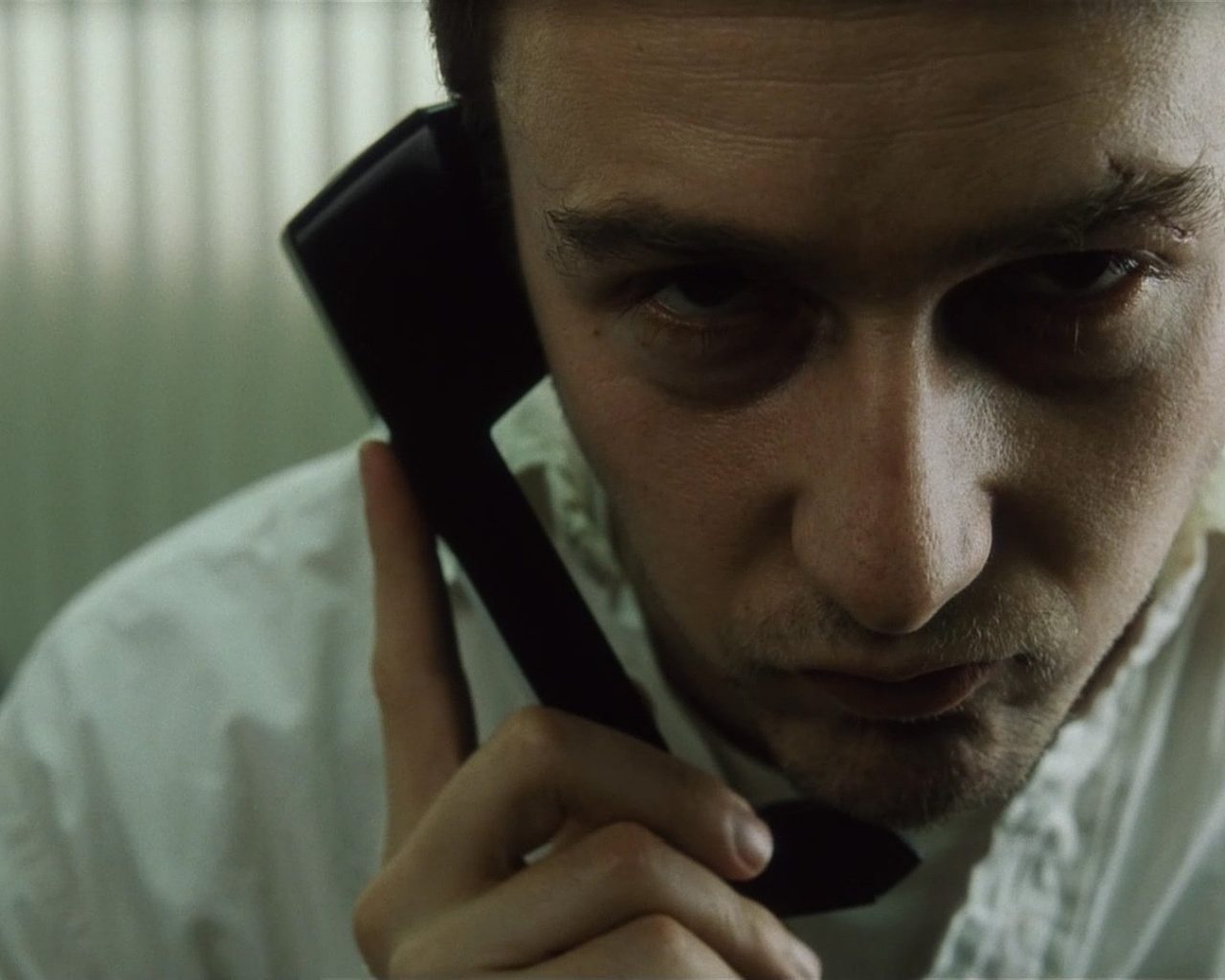


However, sometimes the narrator can become actively involved into the tale, but without actually being a part of it. A narrator can remain mostly in the background and simply relate the story to his readers or listeners, without any commentary of other interruptions, or he can narrate the story through his or her own eyes, using the first person singular and thus creating an intensely personal atmosphere and letting the audience experience the adventures almost first-hand. There are many different approaches to narrating a tale. They both mediate the story to an audience – either to a real one that is physically present or to an impersonal reader of a book, and, depending on their technique, they are able to recount a story in a number of ways. However, the oral storyteller and the narrator of a novel have many things in common. This image, depicting the classical oral storyteller as he has been known since ancient times, may at first glance have little to do with the narrative voice of a written work of literature. When thinking about a person who narrates or tells a story, one of the first impressions that usually come to mind is that of a man or a woman, sitting in a well-worn rocking chair, surrounded by children who listen with rapt attention to tales of dragons and princesses. Characterising the Narrator in The Hobbit

The Narrative Situation in The HobbitĢ.2.2. The Voice of the Narrator in The HobbitĢ.2.


 0 kommentar(er)
0 kommentar(er)
